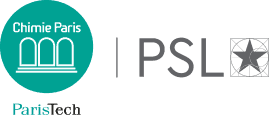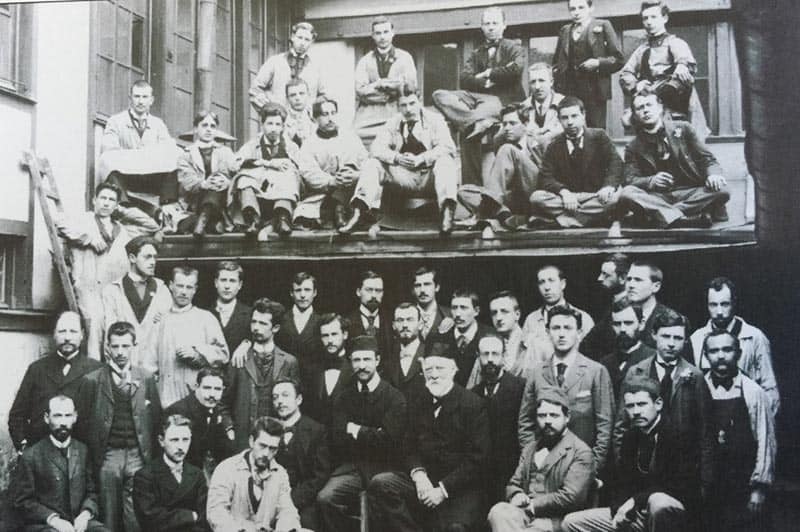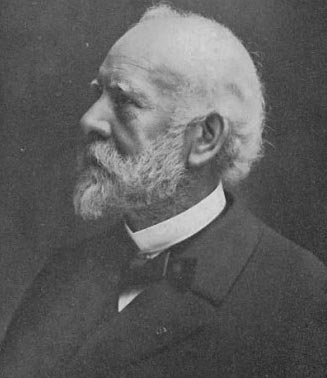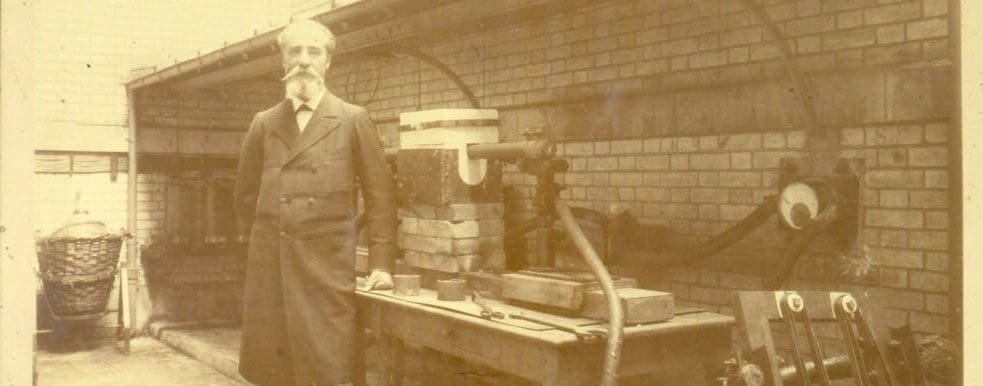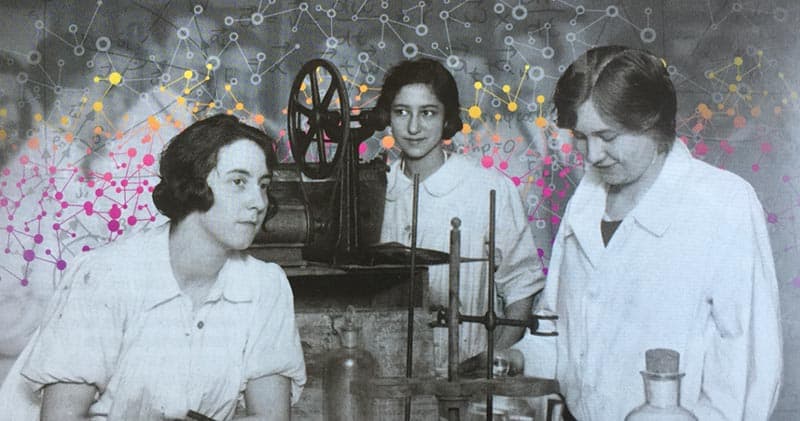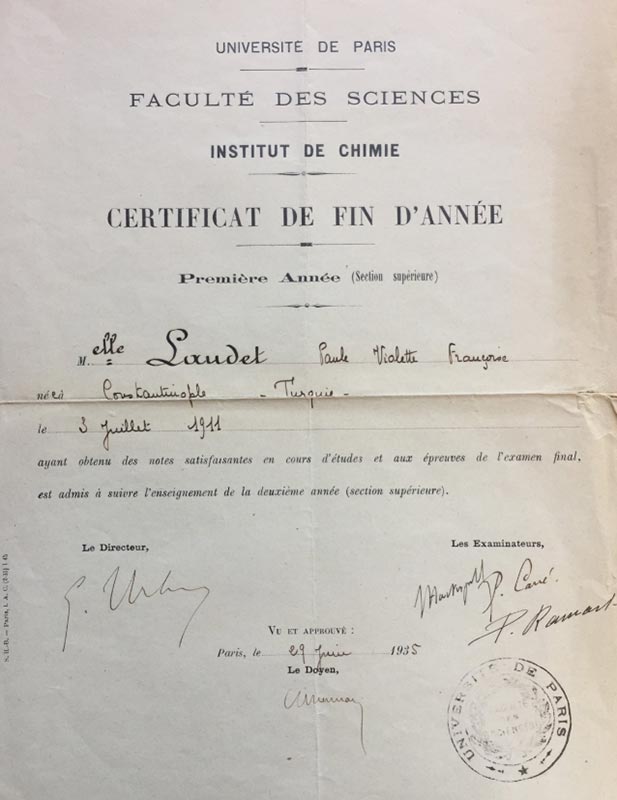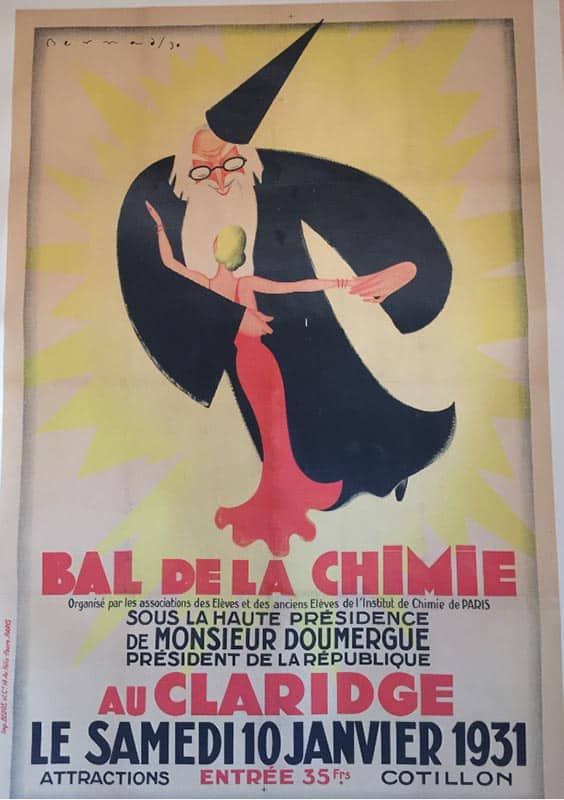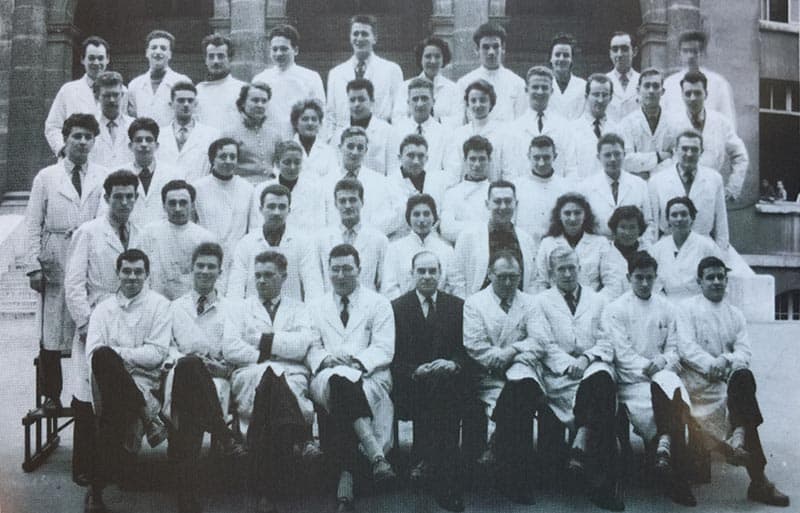Key data & rankings
Student numbers
- 350 students in the engineering cycle
- 100 engineering graduates per year
- 50% of girls
- 20% of international students
- Intense community involvement
- 48 students in Master’s programs
- About one hundred PhD students, of which 40% are international students
The program
Engineering cycle
- A program that covers all areas of chemistry: organic chemistry, materials chemistry, physical chemistry, analytical chemistry, process engineering, energy, etc.
- A program in human sciences, management and entrepreneurship
- A research center that is closely aligned with the program
Master’s
- Chimie ParisTech - PSL is actively participating in 4 Master’s programs
PhD
- Nearly 40 theses are defended every year
- 15% of the theses are under a CIFRE agreement
Professional integration, engineering cycle
- Average salary between 37,000 and 41,000 euros/year
- 95% of the students who graduate from the engineering cycle are employed within 6 months of graduation.
- The program includes 12 months of internships
International
- 100% of engineering students travel abroad during their studies
- 17 dual-degree agreements
Faculty
- 96 research professors, of which 1/3 are CNRS researchers
Research
- 3 laboratories
- 11 research teams
Rankings in the press
Usine nouvelle
In 2018, Chimie ParisTech - PSL ranked 7th out of the 130 engineering schools listed in France. It consolidates its national position across all engineering schools with a very competitive insertion and employability rate. With 20% of these jobs going abroad, the school is now in the top 10 with major engineering schools.
L’Etudiant
With a total of 41 points in L’Etudiant’s ranking, Chimie ParisTech - PSL is at the top of the magazine’s ranking, which includes 174 engineering schools. The school stands out for its academic excellence and its international openness.
